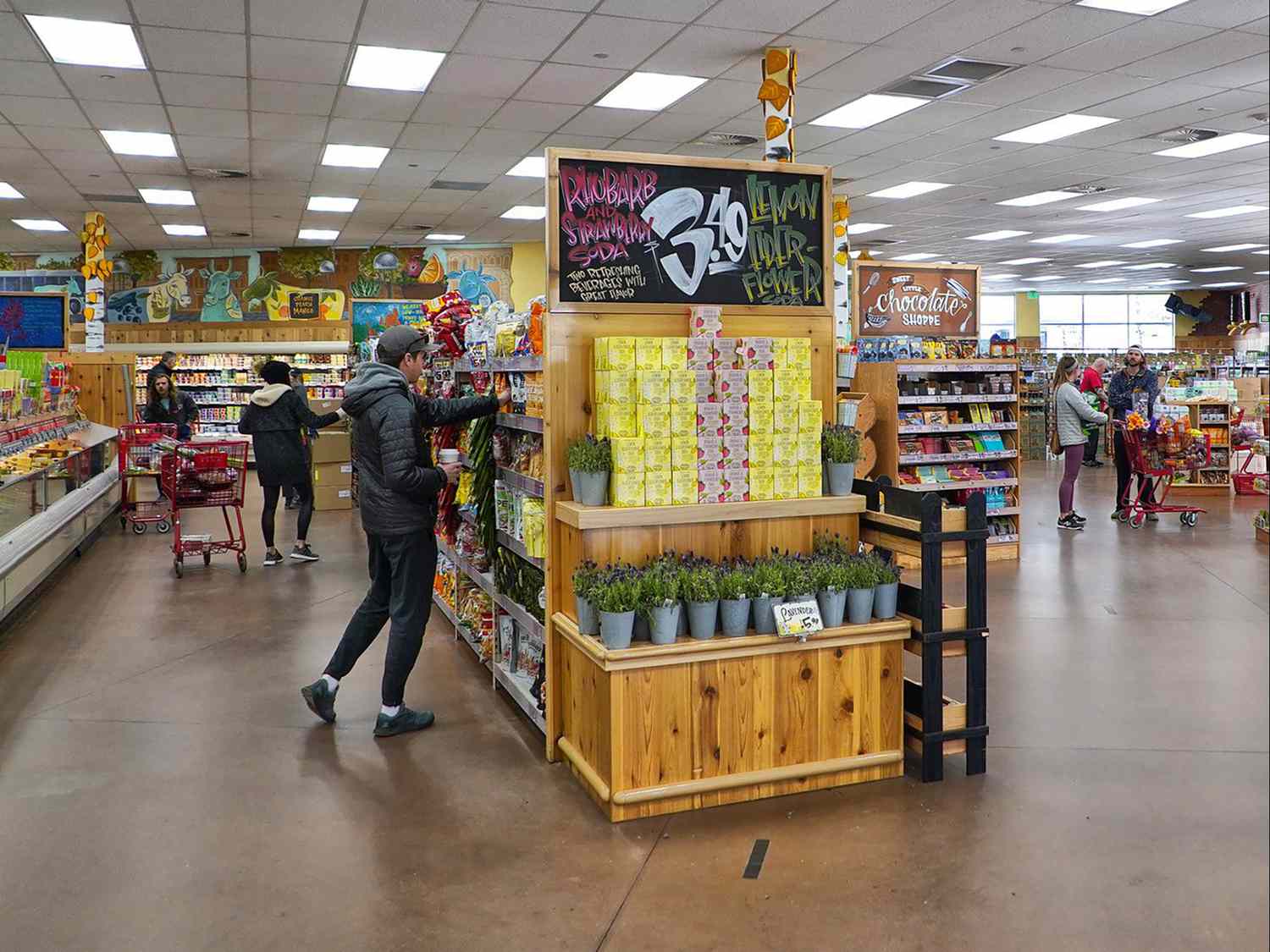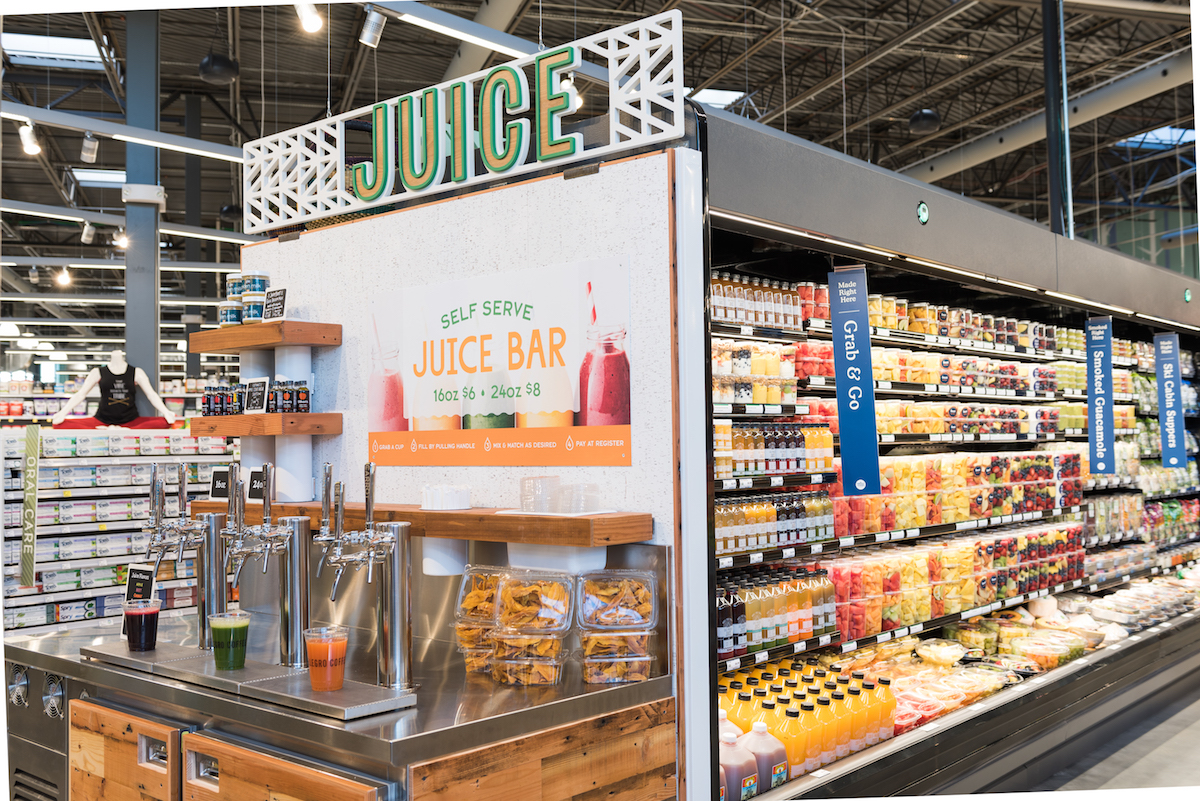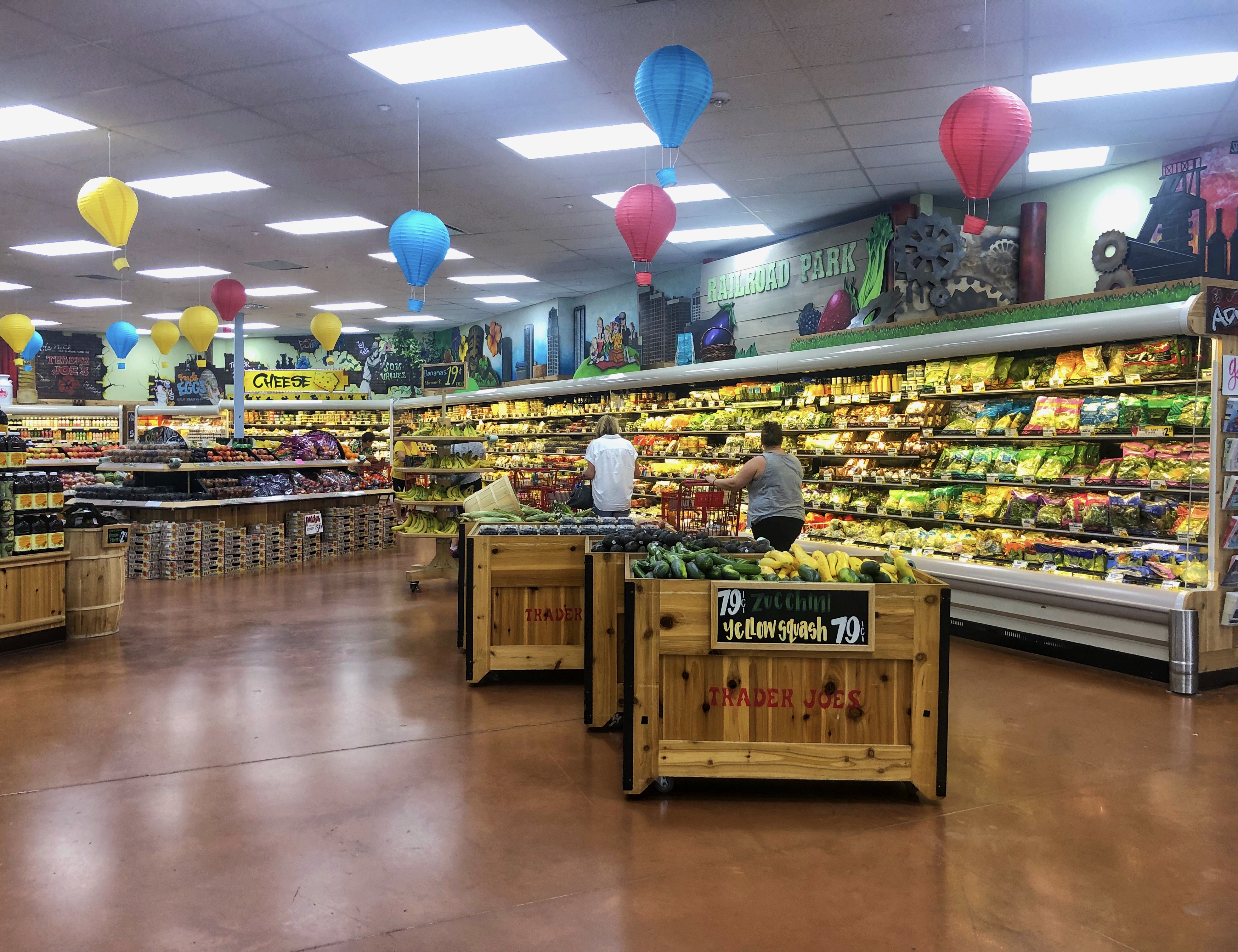Trader Joes vs. Whole Foods: Are they the same customers for different brands?
In the retail world, there can be brands that appear to be competitors but are in reality, more symbiotic. They in fact, frequently like to be located near each other. The key to these symbiotic brands is their customers. They have similar customers whose behavior is very similar around product choice, product brands, their own perceived needs, and the type of products they see as categorically better than others.
For example, some marketers may see Trader Joe’s and Whole Foods as competitors but that’s not really so. They are very different animals in terms of their product mix, store size, private labels, sourcing, brand positioning, staffing, and compensation model. What’s similar about these two brands are the customers. There’s probably a 95% overlap in the customers that shop at both stores for very different reasons.
Why are their retail customers the same?
The customers in both cases are not just shopping for food but looking for quality or as perceived by the shopper — something more than just a generic or average brand of milk, bread, or cereal — something perceived as higher quality, gourmet, organic, or otherwise of unique value to the customer. In both cases, some key characteristics stand out about the Whole Foods and Trader Joe’s customers:
- Discriminating, seeking something unique and different
- Avoiding traditional brands, perceived as being lower quality
- Eating healthy, label-conscious and ingredient-aware
- Educated about nutrition, often knowing more about gourmet and natural foods
Yes, there are distinct differences with both of these customers as well. But this overlap is what keeps them seeking products from both stores. Trader Joe’s customers seek deals and want more value. Whole Foods customers focus more on organic and the local farmer sustainability model as a concept in food production.
The retail in-store experience
The differences between the stores are striking.
Trader Joe’s is whimsical, and humorous and focuses on what’s in it for you, the customer. Handwritten signs, small store formats that are easily accessible, with a limited number of SKUs, most of which are TJ’s private labels, build predictability into visiting the store and security in what you’re buying. And, every store reflects something about the local community such as its own unique mural.

On the other hand, Whole Foods is a full-service grocery with an entire range of products available along with its own private label. The store environment and signage use a lot of natural materials, wood, and recycled products, with a big focus on organic, natural, and place (where the foods come from). The intent is to promote sustainability and organic sourcing — and that you, as the buyer, are supporting more than Whole Foods: a wide range of suppliers that you care about.
In addition, being a part of Amazon has made it even easier for Whole Foods to blend online and offline shopping experiences. This is an important strategy for most retail brands (though, Trader Joe’s breaks the mold and JUST focuses on in-store experiences, with a notoriously bad website as well).

Retail brand promises
Whole Foods is clearly promising the customer a sustainable shopping experience that provides you with healthy, quality foods along with supporting the farmers and producers in your region –sustainability is the promise. Their story, their newsletters their social media is all based on the local areas they serve and the products they carry.
Trader Joe’s is about healthy natural foods at a great price and, by the way, we got all this great stuff just for you. Their promise is – we’re just looking to provide you the best price on the great healthy stuff you’re looking for.
Now these are very different.
This is the key to the differentiation between these retail brands and where they show up and who their customers are.
We feel strongly this is the key to making a brand successful against competitors and to being a great fit with other similar but not identical retailers.
Lessons about brand differentiation
Brand differentiation is about standing out in the market, and not trying to be like everyone else. It’s about tapping into the unique needs and desires of your customers and offering them something that no one else can. This is what sets you apart from your competitors and keeps your customers coming back for more.
- Don’t be what others are; fit around your competitor’s offerings and stay as unique as you can with your core offerings and in-store retail strategy.
- Don’t try to out-promise them with the same commitments, but come with what the customer really wants and fit into a niche that’s only yours.
While Trader Joe’s and Whole Foods may seem like competitors on the surface, they have found a way to coexist and thrive by catering to their similar yet distinct customer bases.
As a retailer, it’s important to understand your target audience and what truly sets you apart in the market. By focusing on your unique brand promise and delivering an exceptional in-store experience, you can build a loyal following of customers who will choose you over your competitors every time.
